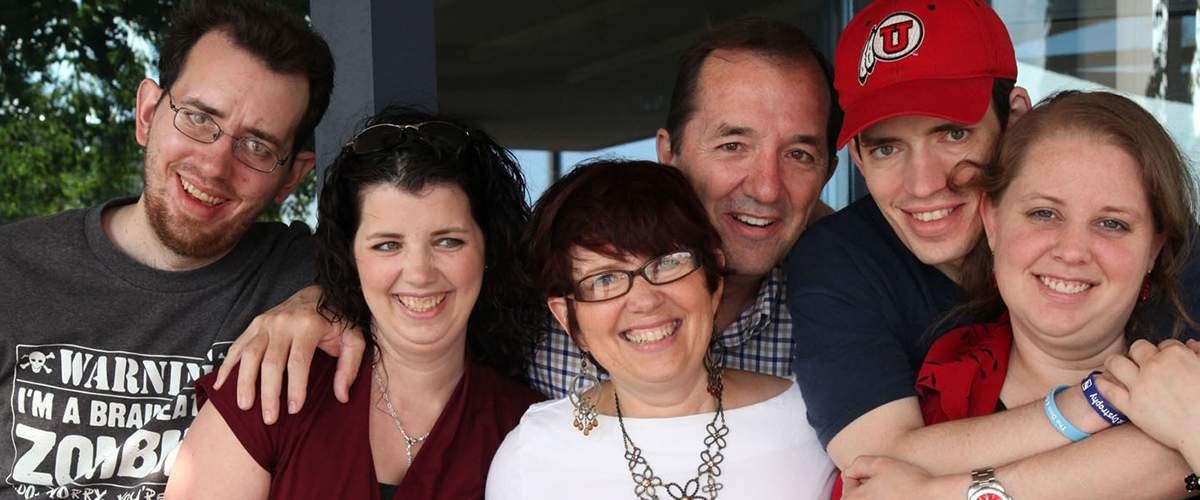As potential new therapies for myotonic dystrophy (DM) progress through preclinical and clinical evaluation, drug developers need new tools to design and conduct clinical trials. Publically available tools to assess target engagement/modulation and dose-response in early-stage clinical trials would be particularly attractive to pharmaceutical and biotechnology companies that are either considering or in early stages of programs in DM.
A recent publication suggests that such a biomarker may be within reach. Drs. Andy Berglund, Eric Wang, Charles Thornton, and colleagues developed a doxycycline-inducible in vitro system to allow modulation of free MBNL protein concentration (free [MBNL]) across a 20-fold range. They used this system to establish that different splicing events require differing free [MBNL] and developed an algorithm to estimate free [MBNL] from splicing event data alone. The inducible system and Bayesian modeling allowed construction of dose-response curves (free [MBNL] vs. percent spliced in) and then used this system to evaluate the predictive value of any single splicing event and of splicing events in combination.
With the ability to determine the sensitivity of various splicing events, known to be affected in DM1, to infer free [MBNL], the research team applied this approach to tibialis anterior muscle biopsies from DM1 patients (44 DM1, 11 controls). Inferred free [MBNL] correlated well with both splicing dysregulation and disease status. Yet some splicing events were better than others in predicting free [MBNL] and some events functioned well only for particular levels of disease severity. The team then sought to determine which splicing events would be most informative as to free [MBNL] and DM1 patient status.
As expected, grouping study subjects by inferred free [MBNL] resulted in clustering of individuals with asymptomatic, proto-DM1 mutations with non-DM1 controls, since both cohorts lack MBNL sequestration. In more severe DM1, severity was linked to inferred free [MBNL], but the splicing events that conferred the best predictive power varied with disease severity. Combinations of splicing events were assessed to identify those that could report out across a wide dynamic range of free [MBNL] and disease severity. Using a cross-validation training/test set approach, splicing event combinations were selected that yielded optimal predictive power across the full spectrum of DM1 severity. Use of up to 30 splicing events in the panel improved accuracy and predictive power.
These data hold out the potential that a carefully selected panel of splicing events can accurately and reproducibly infer free [MBNL] across a wide dynamic range of both protein levels and disease severity. Such a panel could serve as an effective pharmacodynamics biomarker, providing an early signal that a candidate therapeutic was delivered to, engaged, and modulated the intended target. This biomarker would also have sufficient sensitivity for precise dose-response determinations in early stage clinical trials. Given the therapeutic strategies and modalities that are currently under study for DM, a biomarker that reads out free [MBNL] would have broad applicability.
While CUG repeat expansion in the DMPK gene is the proximate cause of DM1, repeat length only loosely correlates with age of onset and severity of disease, perhaps because it loosely correlates with non-sequestered MBNL. Accumulated research suggests that free [MBNL] is a direct determinant of the splicopathy thought to be responsible for the symptomatology of DM. Findings from this latest publication strongly suggest that we are on the cusp of qualifying a biomarker to accurately estimate free [MBNL], the target of many drug development programs in DM, and thereby implementing a powerful molecular tool into clinical assessment of patients and drug discovery and development programs.
Reference:
Dose-Dependent Regulation of Alternative Splicing by MBNL Proteins Reveals Biomarkers for Myotonic Dystrophy.
Wagner SD, Struck AJ, Gupta R, Farnsworth DR, Mahady AE, Eichinger K, Thornton CA, Wang ET, Berglund JA.
PLoS Genet. 2016 Sep 28;12(9):e1006316.

